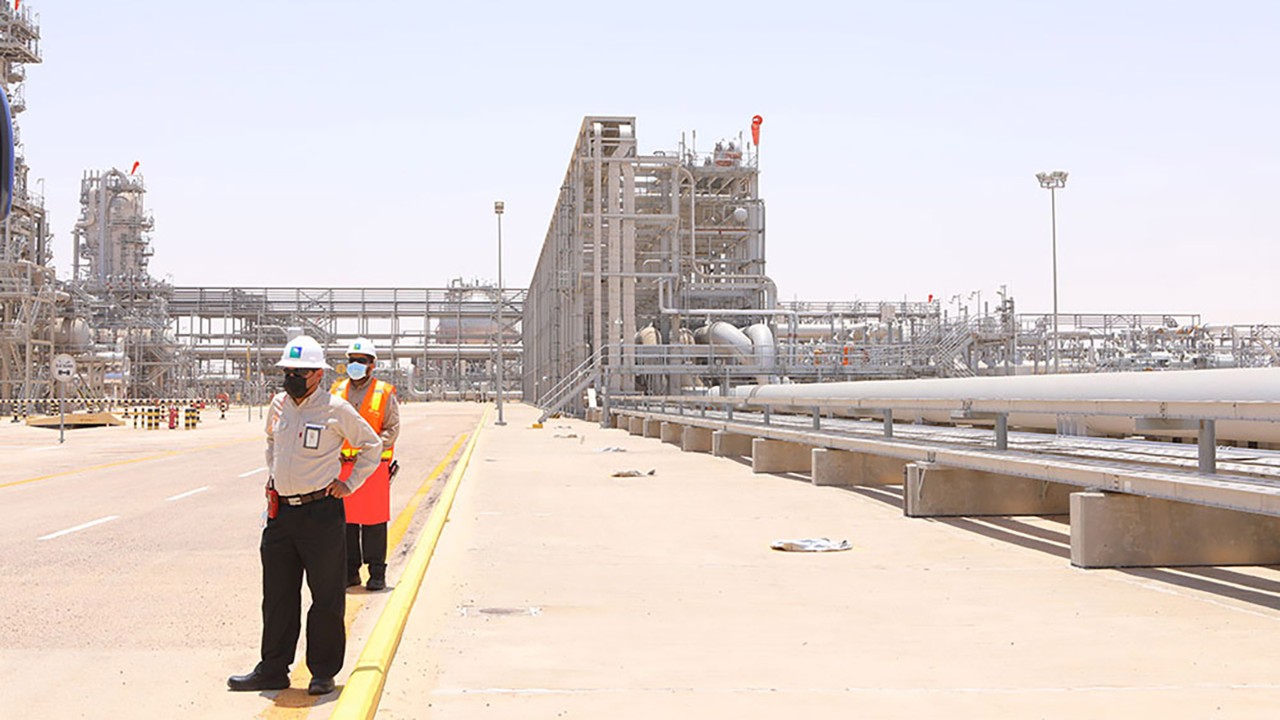
The race to achieve net-zero carbon emissions requires significant commitment from global players including countries, corporations, policymakers and people. Achieving the UN sustainable development goals (SDGs), net zero, decarbonisation and climate commitments will all require a huge amount of capital, hence an urgent need to scale sustainable finance.
However, there is a significant shortfall in finance available to support these activities. Reduced tax revenues, insufficient private savings and low development assistance have hit developing and low-income countries the hardest. The OECD notes that the pandemic’s impact on SDG financing in developing countries has been devastating and increased the global SDG finance gap from US$2.5 trillion to US$4.2 trillion in 2020.
While the market recognises and has definitions for sustainable investments, they are not institutionalised
The language of sustainable finance
- Sustainable finance refers to the capital pool that, when making investment decisions, considers environmental, social and governance (ESG) considerations, ie long-term investments in sustainable economic activities and projects.
- Environmental considerations include climate change mitigation and adaptation, eg preservation of biodiversity, pollution prevention, decarbonisation and enablers of the circular economy.
- Social considerations are issues of inequality, inclusiveness, labour relations, and investment in human capital and communities.
- Governance refers to dealing with issues of transparency, including management structures, employee relations and executive remuneration, ensuring the inclusion of social and environmental considerations in the decision-making process.
- Activities in sustainable finance include green bonds, sustainability-led funding tools, sustainable funds, impact investing and credits for sustainable projects, and require an enabling policy ecosystem.
Bridging the significant funding gap will require greater commitments from global stakeholders and large private capital finance, targeting investments in the regions that are most in need.
Encouraging signs
Fortunately, stakeholders are increasingly aware of their responsibilities and that negative environmental, social and governance (ESG) credentials are being punished in the markets. This is finally pushing sustainability and climate action to the top of organisations’ agendas and decision-making processes.
The results are good. Global ratings agency S&P reports that global sustainable debt issuance will surpass US$700bn this year. Last year, green bonds grew to US$282.05bn from US$2.6bn in 2012.
Large fund managers and capital providers are increasing their climate commitments and portfolios. BlackRock’s Climate Finance Partnership has recently secured US$250m to invest in emerging market climate infrastructure. Goldman Sachs has already achieved US$156bn of US$750bn in sustainable finance commitments.
By the end of 2019, more than 2,500 investors representing over US$80 trillion in funds had signed up to the UN Principles for Responsible Investment (PRI), thereby committing themselves to including sustainability factors in the investment process.
And this month, Accounting for Sustainability announced that 14 pension funds, with a total US$367.2bn assets under management, had committed to set a net-zero goal within 12 months.
The enablers
Despite these positive announcements, we have a long way to go. Investing in ESG projects used to come under the categories of philanthropic funds, grants or development funds. But now that there are multiple stakeholders, including private sector participation, an improved ecosystem is needed for sustainable finance to thrive.
First, we need to continue to build stakeholder awareness and commitment to enable finance to reach the right projects.
Governments have an important role in shaping a sustainable future through regulation and policy. Net-zero targets announced by China, Japan and Korea have had significant impact on investor sentiments in these countries. The European Union has released its second most powerful set of regulations regarding sustainable investing, known as the Sustainable Finance Action Plan.
Policymakers need to take action to encourage sustainable finance while creating disincentives for carbon-emitting industries.
Investors act
In addition, reporting and disclosure, both voluntary and mandatory, will enhance the transparency and confidence to attract finance to scale sustainability. But, as the Asian Development Bank points out, while the market recognises and has definitions for sustainable investments, they are not institutionalised and do not have consistent terminology or regulation around disclosure. Businesses are having to find their own way. This is a key area where finance professionals can play a role.
Climate Action 100+, a coalition of 575 investors, is pushing for clearer disclosure and increased share of ESG and SDG elements in investments. It is creating accountability among the largest emitters of greenhouse gases and ensuring that they take action to cut emissions. Organisations such as the Global Impact Investing Network, the International Capital Market Association and the Global Steering Group for Impact Investment are contributing by developing the defining market structures.
In 2020, eight Canadian pension funds demanded increased transparency in their ESG reporting. These funds asked companies to use the Sustainability Accounting Standards Board and the Task Force on Climate-related Financial Disclosures framework to standardise reporting. This has further provided clarity on the sustainable finance path.
Where next?
Future progress will depend on sustainable finance as a lever. The market has introduced various financial instruments and has been adapting increasingly towards sustainability. With green loans, ESG bonds, social bonds and sustainable bonds, and with central banks globally not only cheering but providing a guiding hand, the prospects look good.
And trends such as electric transport, accelerated transition to clean energy, net-zero targets, Covid-19 revolutionising healthcare, green infrastructure, nature-based solutions for adaptation to climate change and pro-biodiversity businesses will provide plenty of investment opportunities, with lucrative returns.
Sustainable finance in the developing world
Financing sustainable projects is a far greater challenge for lower income countries than for developed countries, due to their limited domestic revenues. As a result they place greater reliance on external or private finances. At the same time, these countries have a higher risk profile, which can make projects riskier and non-bankable. To resolve this, guarantees, insurance, blended finance and other mechanisms are required.
In a recent report, the IMF estimated that meeting the SDGs in five priority areas – education, health, roads, electricity, and water and sanitation – by 2030 will require additional private and public annual spending of US$528bn for low and lower middle-income countries and US$2.1 trillion for emerging countries.




